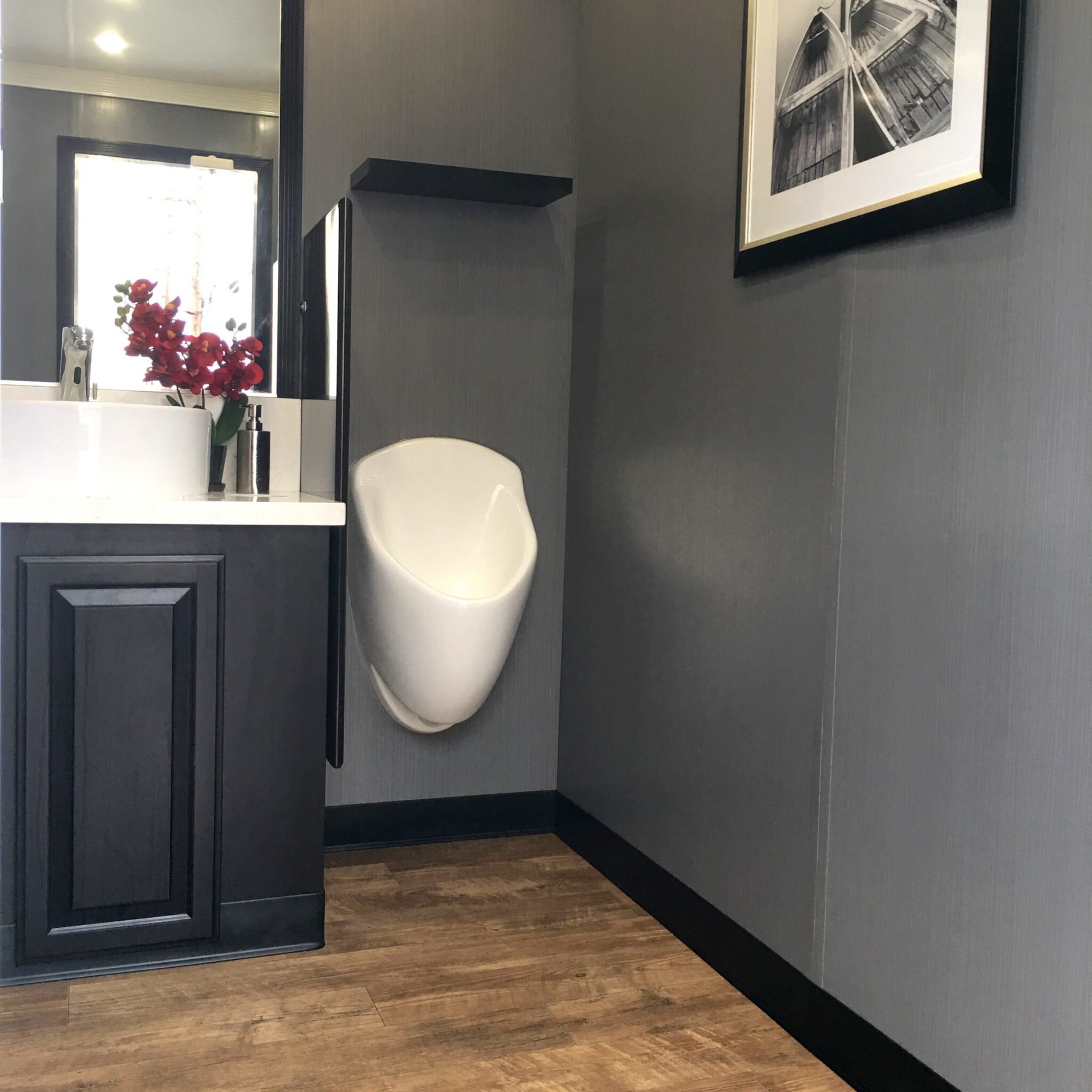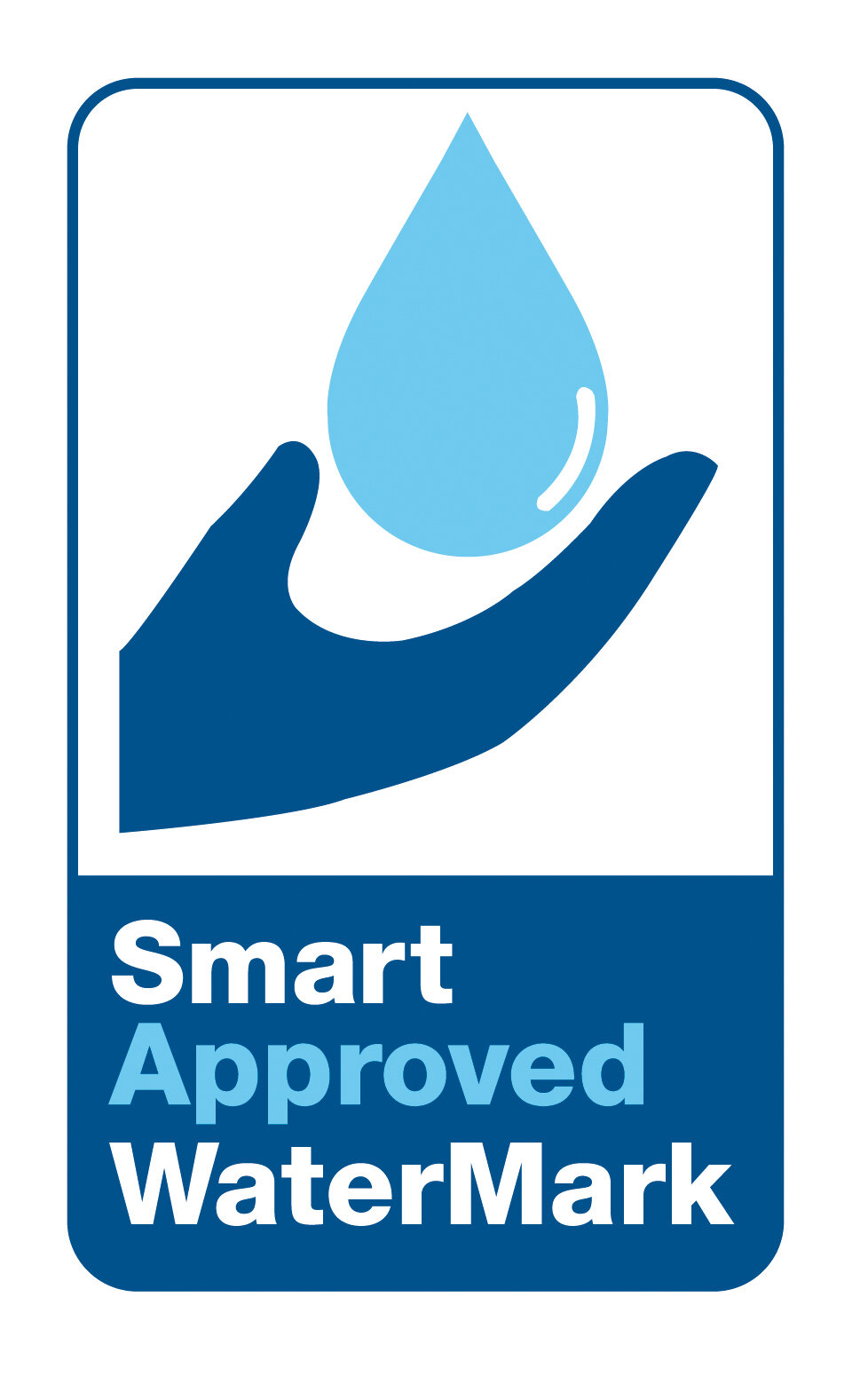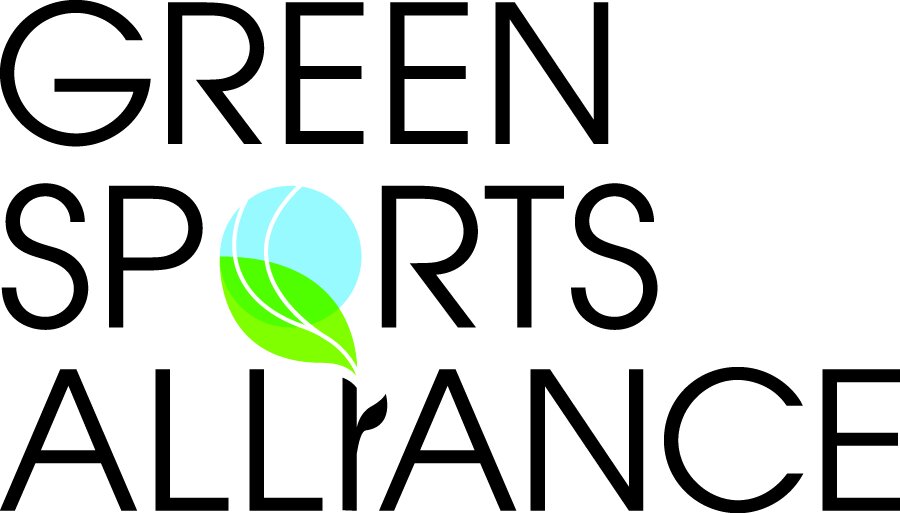In an earlier blog, we discussed some of the obstacles the small town of Belen, Costa Rica was encountering in its efforts to change behaviors when it comes to reducing water consumption. In that blog, we discussed that while most people in Belen knew they should be scaling back on their water use, all too many believed it was someone else’s problem, not theirs. Further, all too many had no idea of how much water they were using each month.
However, we also said this small town was able to overcome these issues. Here are some of the steps they took:
Some water bills were mailed to Belen residents with a bright-red sticker on the envelope. Not only was there a bright-red sticker, the sticker also had a “frowning face.” When a customer received water bills like this, they knew right away, they were using too much water in comparison to their neighbors. And guess what, now the post person knew too.
Instead of red stickers, some consumers received water bills with bright-green stickers and a “smiley face.” Well, as you might assume, these consumers were being rewarded. They were using far less water than their neighbors.
Inside all bills was neighborhood water comparison information, so consumers had a better idea of how much water everyone in their neighborhoods used and how they compared.
Some water bills did not have neighbor comparisons. Instead, they compared each resident with all the residents in the town of Belen.
Finally, in all water bills was a postcard with a worksheet on one side. The worksheet used the numbers above and allowed each consumer to check one or more of six things they planned to do before their next water bill to reduce consumption.
Photo by Shridhar Vashistha on Unsplash
For instance, they could check:
· Turn off the tap when brushing teeth.
· Water the lawn less
· Check for leaks.
The postcards were then mailed back to the water department and returned with their next bill, so consumers could see how well they did in reducing consumption. This was also an opportunity for residents to set water reduction goals.
The results of this program proved surprisingly effective:
· A control group was established that did not receive a red or a green stickered water bill, nor did they have information comparing consumption with neighbors, the town, or have a postcard. There was a minor reduction in water consumption in this group, but not much.
· Those consumers that received red stickers comparing their consumption with their neighbors, reduced water consumption by about 1.5 percent.
· Consumers that were told how their water consumption compared to the entire town, reduced consumption about one percent.
· Finally, those consumers that filled out the postcard and set water-reducing goals, reduced consumption by almost 2 percent, the most substantial amount.
The researchers concluded, “we find that giving individuals feedback on their [water reducing] outcomes, relative to that of their peers, has measurable effects on water consumption. We also find that a Plan-Making intervention [referring to the post cards] prompts people to set their own goals for water conservation… helps them achieve these goals.”
For more information on how to reduce water consumption, waterless urinals, and to use water more efficiently, contact a Waterless Co Specialist


























